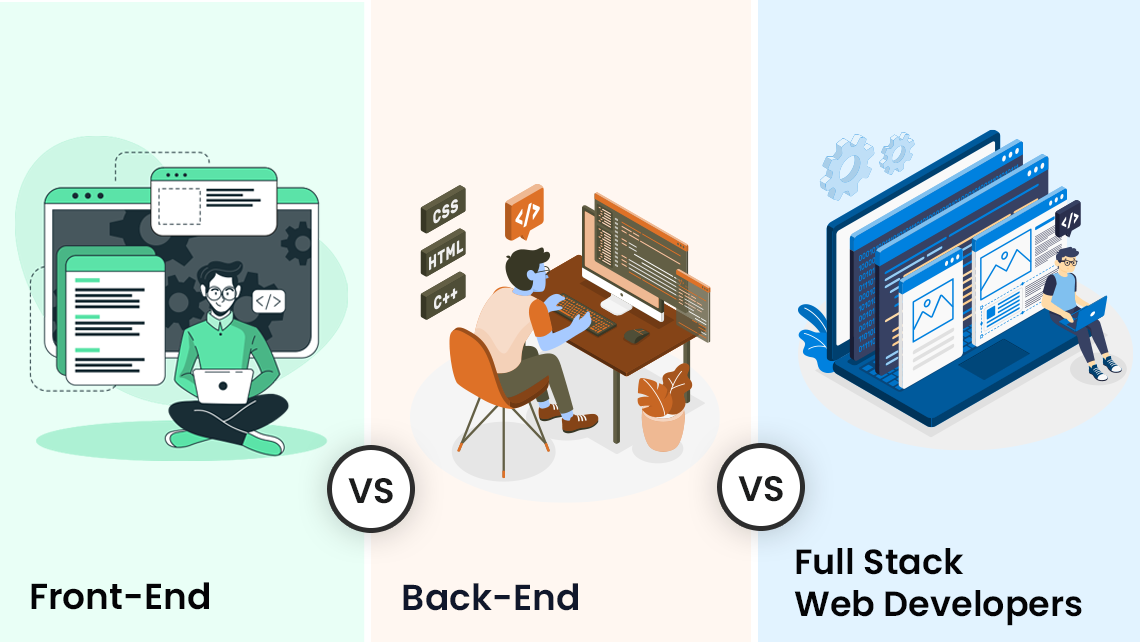
A web developer is responsible for building and maintaining websites and web applications, ensuring they function flawlessly and deliver a seamless user experience.
Their tasks span from creating visually engaging layouts to ensuring the robustness and security of a website’s back-end infrastructure.
To fully grasp the multifaceted role of a web developer, we break down their core responsibilities and the tools they employ.
Crafting the Visual Experience (Front-End Development)
- What It Involves: Designing and implementing the visual elements that users interact with, ensuring the site is both engaging and user-friendly.
- Key Technologies: for creating web pages including HTML for structuring content, CSS for styling and layout, and JavaScript for adding interactivity.
Ensuring Backend Functionality (Back-End Development)
- What It Involves: Handling the server-side operations, databases, and application logic to ensure the website performs its intended functions.
- Key Technologies: Languages such as PHP, Ruby, Python, and Node.js, along with database management systems like SQL and MongoDB.
Bridging Front-End and Back-End (Full-Stack Development)
- What It Involves: Full-stack developers are proficient in handling both the visual elements and the backend infrastructure of a website.
- Key Technologies: A combination of front-end and back-end tools, languages, and web services.
Continuous Maintenance and Updates
- What It Involves: Regularly updating websites to incorporate new features, enhance performance, or address security vulnerabilities.
- Key Tools: Version control systems like Git, debugging tools, and performance monitoring solutions.
Web developers play an instrumental role in developing websites and crafting our online experiences.
They ensure that websites are not only visually pleasing but also functional, secure, and efficient, paving the way for digital interactions that shape our modern world.










